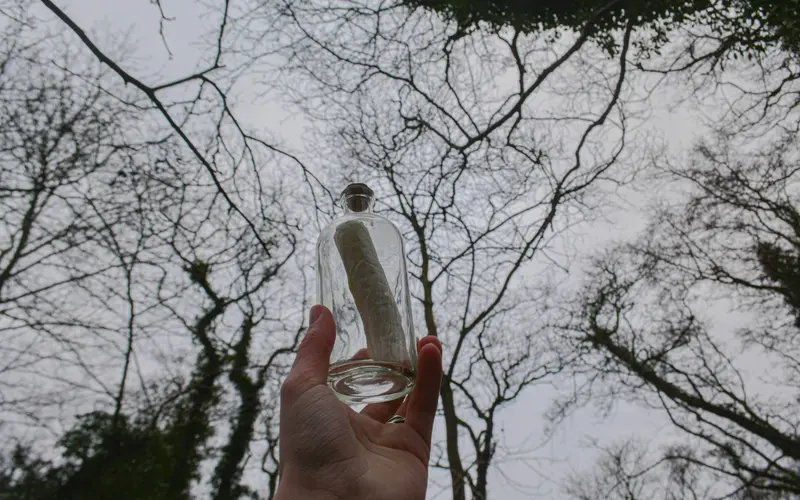Messages in a Bottle: WWI Soldiers' Letters Found After a Century
Friday, 2025/10/31263 words4 minutes2114 reads
In an extraordinary twist of fate, two messages in a bottle, penned by Australian soldiers in 1916 during World War I, have been discovered on a remote beach in Western Australia, more than a century after they were cast into the sea. These poignant missives, miraculously preserved despite the passage of time, offer a rare and intimate glimpse into the lives of soldiers embarking on their perilous journey to the Western Front.
One of the letters, authored by Private Malcolm Neville, exudes a touching optimism. He writes to his mother, describing the shipboard fare as 'real good' and declaring that they were 'as happy as Larry'. This cheerful correspondence stands in stark contrast to Neville's tragic fate; he was killed in action mere months later at the age of 28. The other letter, written by Private William Harley, who fortunately survived the war, was addressed simply to the future finder of the bottle.
The serendipitous discovery was made by local resident Deb Brown and her family during one of their regular beach clean-up excursions. Despite the dampness of the paper, both letters remained legible, allowing Brown to embark on a quest to locate the soldiers' descendants. Her efforts bore fruit, resulting in the letters being passed on to the families, who were profoundly moved by this unexpected connection to their ancestors.
This remarkable find not only bridges a century-long gap but also serves as a poignant reminder of the personal stories behind historical events, bringing to life the voices of those who lived through one of the most tumultuous periods in modern history.
